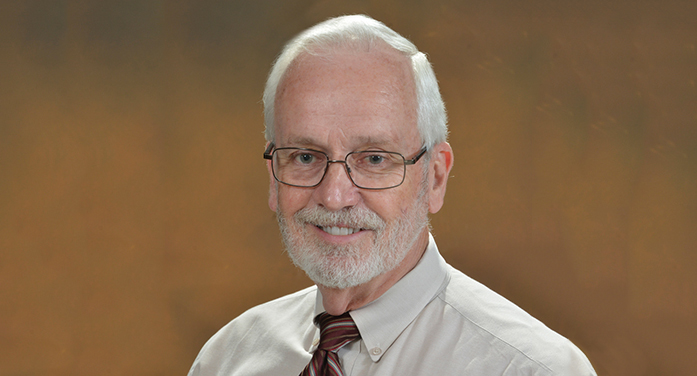Robert Scott
All writers in Op Ed are here to inform and acknowledge issues of importance to our communities, however these writings represent the views and opinions of the authors and not necessarily of The Advertiser.
Skipper and I are still enjoying our trip as I write this, and he is teaching me a lot along the way. He is more active than Belle,and I had feared that would present a problem in the various hotels and relatives’ homes along the way. Happily, that has not been the case. He has been a real gentleman, particularly for a four-year-old. In dog years, he would be about 28, so I shouldn’t be too surprised!
We did get to the Gettysburg National Battlefield Park. The weather was considerably chillier than it was when the battle took place, which was the first week in July 1863. I would recommend a full day’s visit even for readers who are not Civil War buffs (and I am not). Since Skipper was not allowed into the theater presentation given several times a day, we ended up taking a self-guided automobile tour – which was, by itself, wonderful. The Park is huge, much larger than I had thought it would be, and is spread all around and partially within the village of Gettysburg, itself about the size of downtown Edgefield. The map we were given had 18 marked stops, each of which has a roadside marker describingwhat happened at that site – and the numbers 1 through 18 are arranged both chronologically and geographically, so that if you follow them in order, you can see the battle taking shape before your eyes.
There are without exaggeration over a hundred monuments and markers on the battlefield. The attached photograph is of the statue of Lieutenant General James Longstreet, born in Edgefield County, and is about at Stop #6 on the driving tour. The first several stops are on the Confederate side of the battlefield, Seminary Hill (there is still a Lutheran Seminary there), and the next several on the Union side, Cemetery Hill. The similar names had always confused me, but being there and driving along them, with a history lesson given by the roadside markers, made it all real. The markers, most of them (but not statutes such as LGEN Longstreet’s, a relatively new addition), were placed by the surviving members of the various brigades on both sides in the decades following the war. Knowing that and reading the dedications on the markers to their friends and fellow soldiers who had fallen there, really did seem to make the almost 160 years from then to now fade into just a decade or two. They spoke to Skipper and me when we left the car to see the sights, the ridges and fields of wheat and a hill or two, and spoke of gallantry, of holding one’s comrades in arms in the highest esteem, and of the many who gave their “last full measure of devotion” right there, in front of us. That phrase, of course, is from Lincoln’s Gettysburg Address, which was given, and is now inscribed, at the final stop of the driving tour.
There is a lot of discussion now about how just or unjust was the cause for which James Longstreet and so many others fought, and such a discussion is, in my view, much needed. But in the eyes of this veteran, in visiting Gettysburg or any other battlefield in any war, one can do no better than Abraham Lincoln, in describing how “The brave men, living and dead, who struggled here, have consecrated it, far above our poor power to add or detract.”
If you have a chance, with or without a friend like Skipper, I recommend you visit Gettysburg. And be sure to end up, as we did, by rereading the Gettysburg Address.

